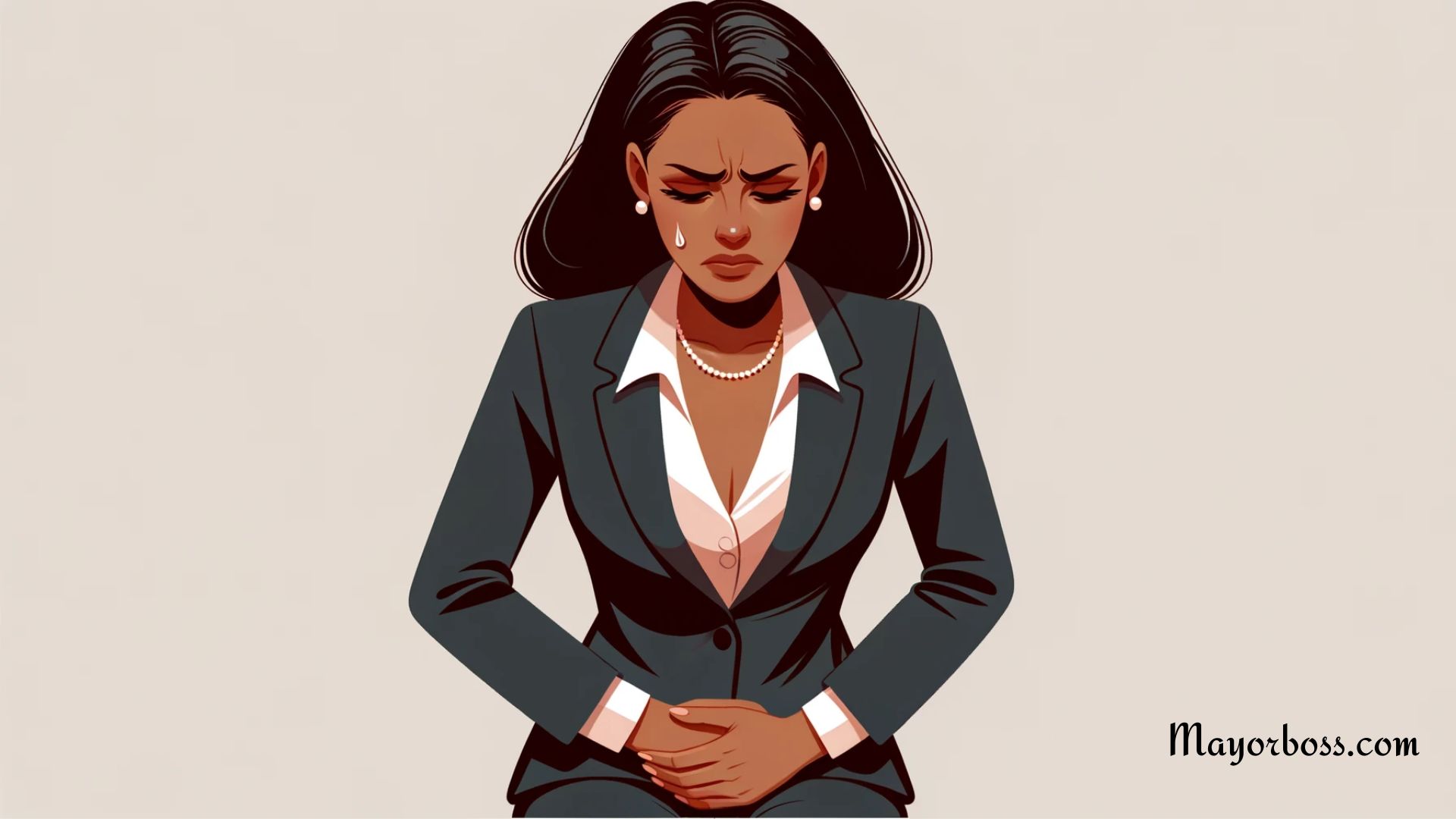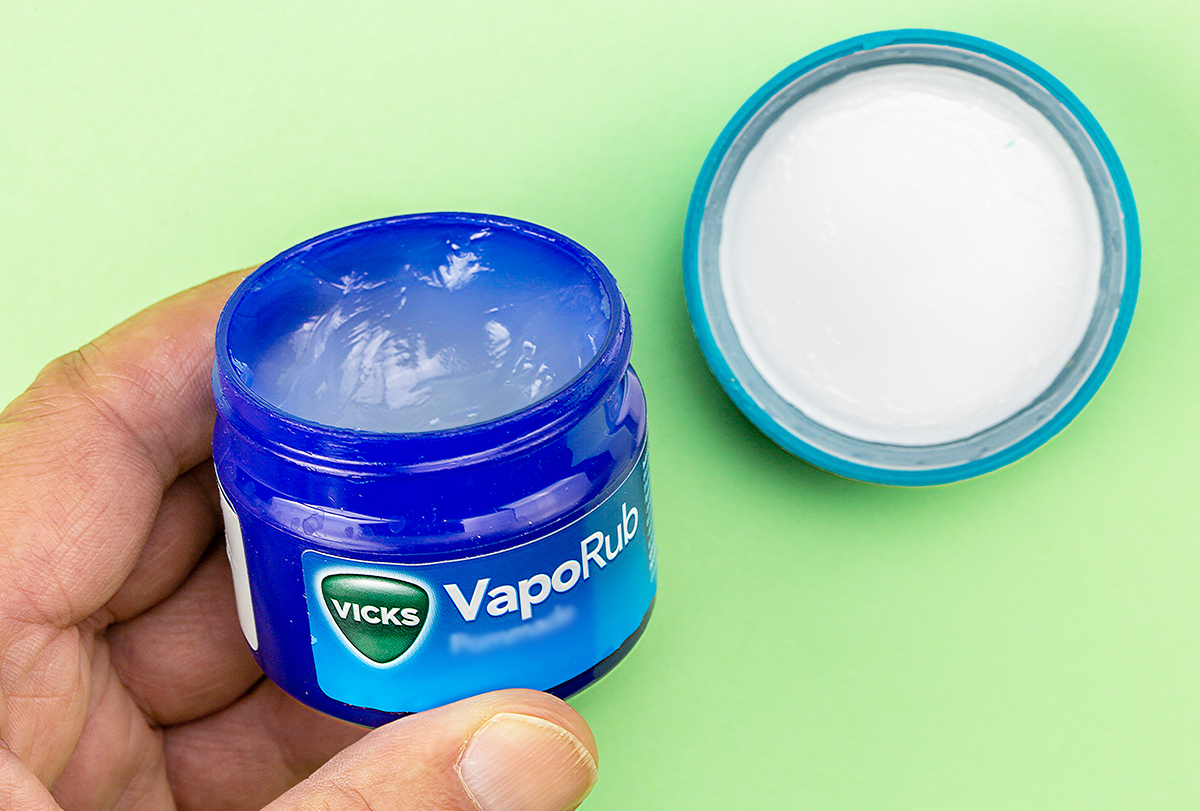Ways to Help Control Interstitial Cystitis Symptoms
Interstitial cystitis, often known as bladder pain syndrome, is a chronic condition that causes discomfort in the bladder region. While its exact cause is unclear, multiple methods can help manage its symptoms. From dietary changes to physical therapy, let’s explore how you can alleviate the discomfort associated with this condition.

1. Dietary Changes
Avoid Trigger Foods
For many people, certain foods and drinks can exacerbate interstitial cystitis symptoms. Common irritants include:
- Spicy foods
- Acidic fruits like oranges and tomatoes
- Caffeinated beverages such as coffee and tea
- Alcoholic drinks
- Chocolate
Put simply, by identifying and avoiding these triggers, you can reduce flare-ups.
Increase Water Intake
Staying well-hydrated can help dilute urine, which might lessen bladder irritation. Ensure you’re drinking enough water daily, but do listen to your body and adjust as needed.
2. Physical Therapy
Research indicates that working with a physical therapist can help relax muscles around the bladder, reducing pain and discomfort. Techniques might include:
- Pelvic floor exercises
- Heat or cold therapy
- Electrical stimulation
3. Medications
Oral Medications
Several drugs can help ease interstitial cystitis symptoms. For example, pain relievers, medicines for nerve pain, and antihistamines might be prescribed to reduce discomfort and bladder inflammation.
Bladder Instillations
Doctors often recommend a treatment where a solution is inserted directly into the bladder. This can help coat and protect the bladder lining, offering relief from pain.
4. Stress Management
Stress can intensify the symptoms of many conditions, including interstitial cystitis. Experts say that learning to manage stress through techniques such as:
- Meditation
- Deep breathing exercises
- Yoga
can make a significant difference in how you feel.
5. Bladder Training
Over time, you can train your bladder to resist the urge to urinate frequently. This fact involves setting specific times to visit the bathroom and gradually increasing the intervals between trips.
6. Surgery
In extreme cases where other treatments don’t provide relief, research suggests that surgical options might be considered. However, this is usually a last resort and is reserved for the most severe cases.
For the most part, while there’s no one-size-fits-all approach to managing interstitial cystitis, a combination of these methods can offer relief. Regularly consulting with healthcare professionals will help you find the best approaches for you.






